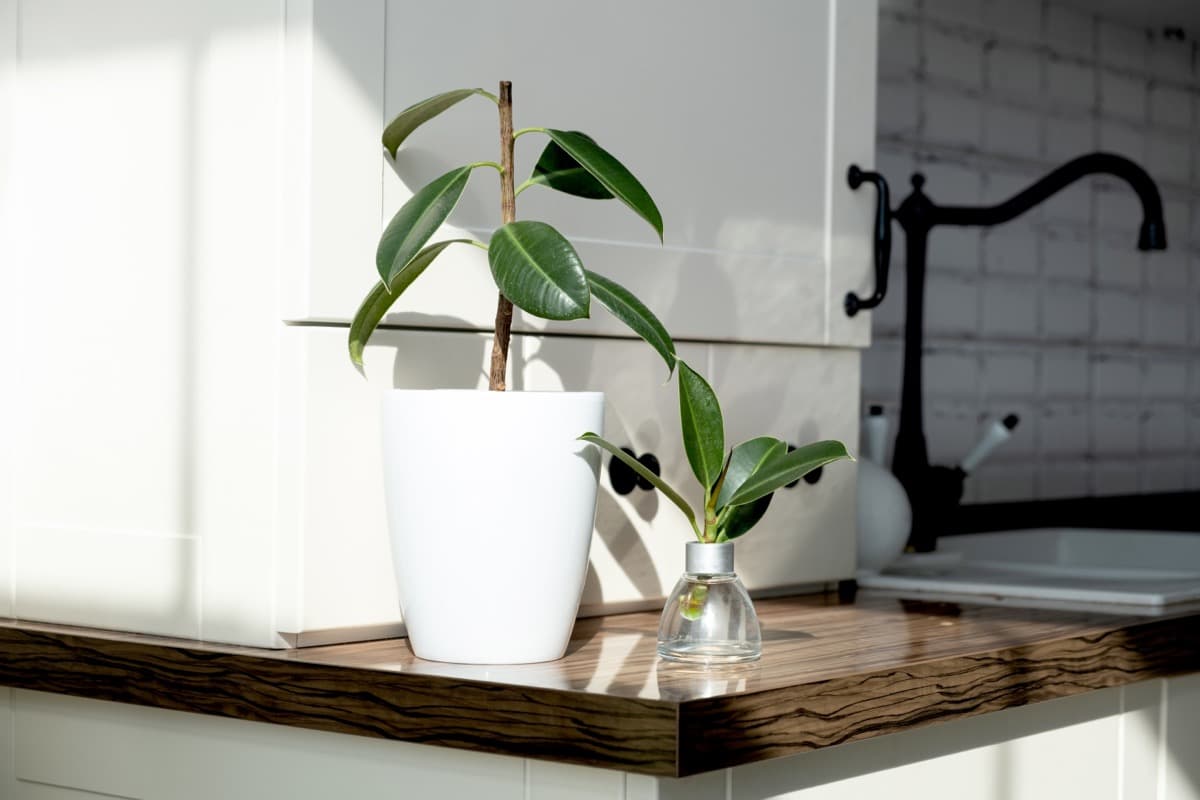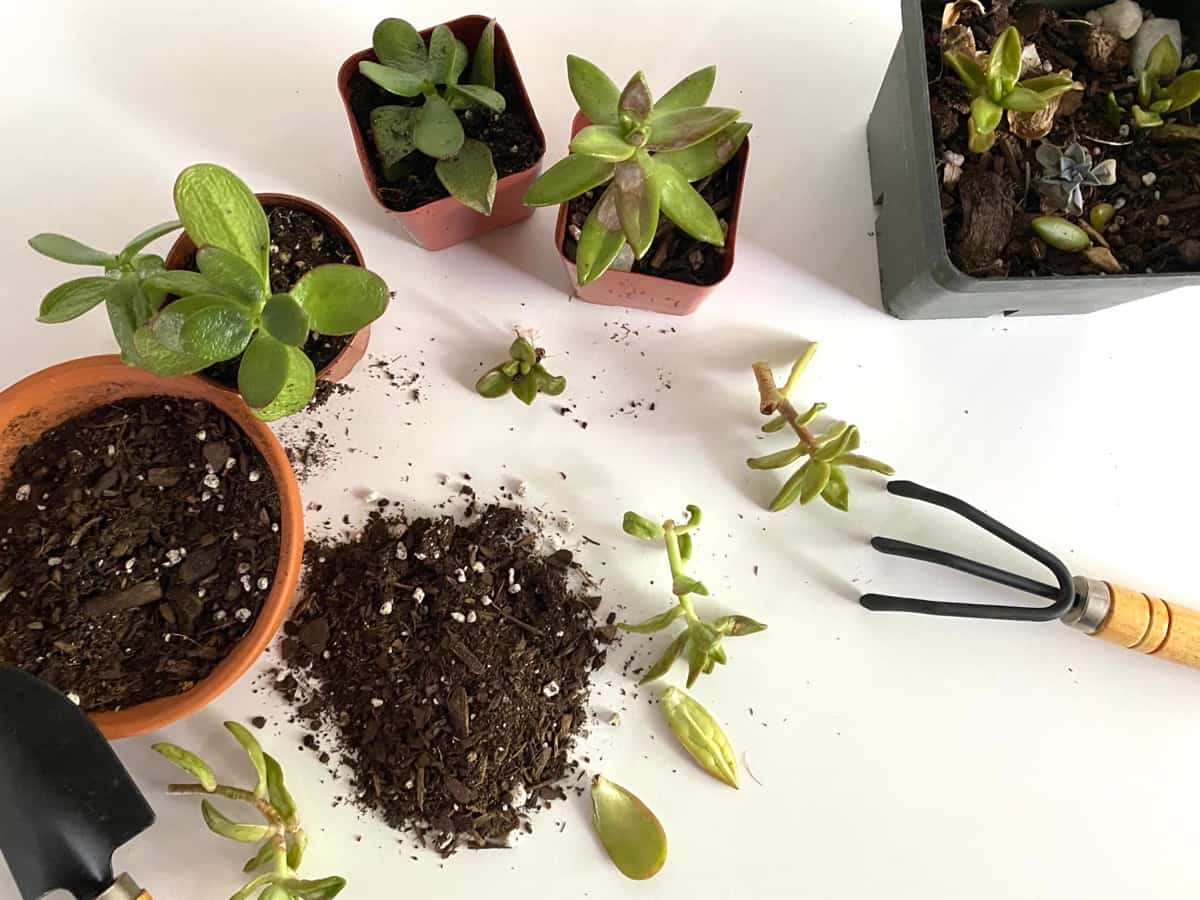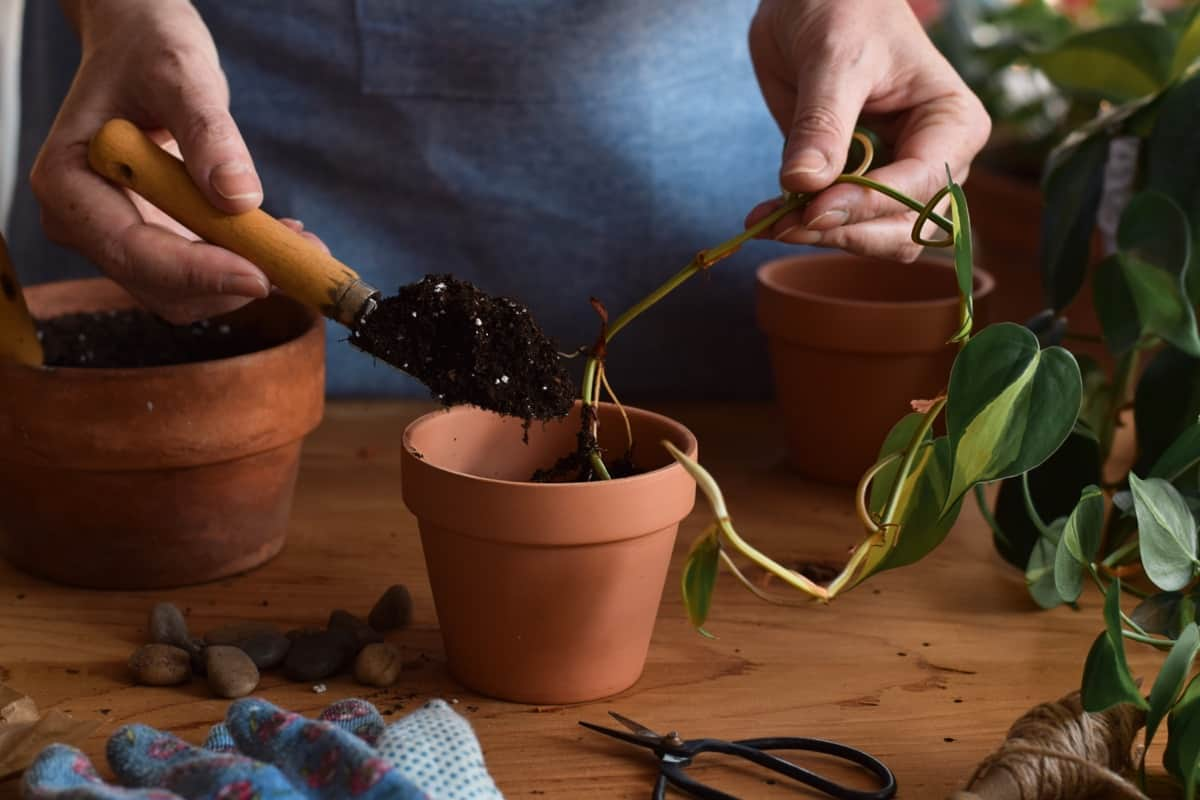Growing plants from cuttings is a cost-effective and rewarding way to propagate new plants for your garden. This method is particularly useful when you want to replicate a favorite plant or grow plants that are hard to find in stores. Propagating plants from cuttings is also a great way to ensure genetic diversity, as you can propagate plants with desirable traits.

Below we learn how to grow a plant from cuttings in water, how to propagate plants from cuttings, how to take a plant cutting step by step, how to make cuttings root faster in water, and step by step guide on growing plants from cuttings.
How to Grow Plants From Cuttings
Select the Right Cutting
The first step in propagating plants from cuttings is to select the right cutting. The cutting should be taken from a healthy and mature plant. Look for a green and firm stem, and ensure that it is free from any diseases or pests. Cuttings should be taken in the morning when the plant is fully hydrated and the weather is cool. Use a sharp and sterile pair of scissors or a knife to cut. The cutting should be at least 3-4 inches long and have a few leaves attached.
Prepare the Cutting
Once you have selected the cutting, the next step is to prepare it for planting. Remove any leaves from the bottom of the stem, leaving only a few leaves at the top. If the plant has large leaves, you can trim them in half to reduce the amount of moisture loss. Rooting hormones may be applied to the stem’s cut end to stimulate the development of new roots. Make sure that you shake off any excess hormone from the cutting.
Choose the Right Container
The container you choose to plant your cutting should be clean and sterile. You can use a small pot, a plastic cup, or any other suitable container for planting. Ensure the container has drainage holes at the bottom to allow excess water to drain out. Water the soil mix thoroughly before planting the cutting.
Plant the Cutting
Make a hole in the soil mix using a pencil or a stick, and carefully insert the cutting into the hole. Ensure the cutting is planted at least one inch deep into the soil mix. Gently press the soil around the cutting to ensure that it is stable. Water the cutting immediately after planting, and ensure the soil is moist but not waterlogged.
Provide the Right Environment
The cutting needs to be kept in a warm and humid environment to encourage the growth of roots. You can cover the container with a plastic bag to create a small greenhouse. This will help to trap moisture and create a humid environment around the cutting. Place the container in a warm and bright location, but avoid direct sunlight, which can be too harsh for the cutting.
Monitor and Water the Cutting
Check on the cutting regularly to make sure that the soil is moist and that the cutting is healthy. If the soil feels dry, water the cutting, but be careful not to overwater it, as this can cause the cutting to rot. Mist the cutting with a spray bottle to keep the leaves moist and to create a humid environment.
Transplant the Cutting
Once the cutting has roots, it can be transplanted into a larger container or directly into the garden. Gently remove the cutting from the container, not damaging the delicate roots. Plant the cutting into the new container or garden bed, ensuring that the soil is well-draining and has enough space to grow.
In case you missed it: How to Propagate Plants Using Stem Cuttings: DYI Step-by-Step Guide

DIY Ideas and Tips
Make Use of Kitchen Scraps
You can grow many types of plants from kitchen scraps, such as green onions, garlic, and ginger. To grow green onions, cut off the green part of the onion and place it in a glass of water. Change the water every few days and watch as the onions regrow. To grow garlic, plant a clove in a small pot or directly into the garden. Keep the soil moist, and you will have a whole head of garlic within a few weeks. To grow ginger, place a piece of ginger root in a pot with soil and keep it moist. Ginger is a slow-growing plant, but you can enjoy fresh ginger in your garden with patience.
Experiment with Different Plants
While some plants are easier to propagate from cuttings than others, it is always worth experimenting with different plants. Some popular plants to propagate from cuttings include herbs like basil, mint, and rosemary, succulents like jade and snake plants. Don’t be afraid to try new plants and see what works best for you.
Keep a Record of Your Plants
Keeping a record of your plants can help you track their growth and propagation. Note the date you planted the cutting, the type of plant, and any special care instructions. Take photos of your plants at different stages of growth to document their progress.
Take Care of Your Plants
Growing plants from cuttings requires patience and care. Ensure your plants get enough light, water, and nutrients. Regularly check for pests and diseases, and take appropriate action if you notice any problems. With proper care, your cuttings will grow into healthy and vibrant plants.
In case you missed it: How to Grow Pothos from Cuttings: DYI in 10 Simple Steps

Conclusion
In conclusion, growing from cuttings is a simple and rewarding way to propagate new plants for your garden. Remember to take care of your plants, record their progress, and enjoy the beauty and benefits of having plants in your life.
- Feed Your Flock for Less: Top 10 Tips to Save on Chicken Feed
- Ultimate Guide to Ossabaw Island Hog: Breeding, Raising, Diet, and Care
- Hatching Answers: The Top 10 Reasons Your Chickens Aren’t Laying Eggs
- Eggs and Economics: Breaking Down the Cost of Raising Backyard Chickens
- Defend Your Greens: Proven Methods to Keep Iguanas Out of Your Garden
- Ultimate Guide to Cinnamon Queen Chicken: A Comprehensive Guide for Beginners
- Ultimate Guide to California Tan Chicken: Breeding, Raising, Diet, Egg-Production and Care
- Ultimate Guide to Marsh Daisy Chicken: Breeding, Raising, Diet, and Care
- 10 Types of Chicken Farming Businesses You Can Start for Profits